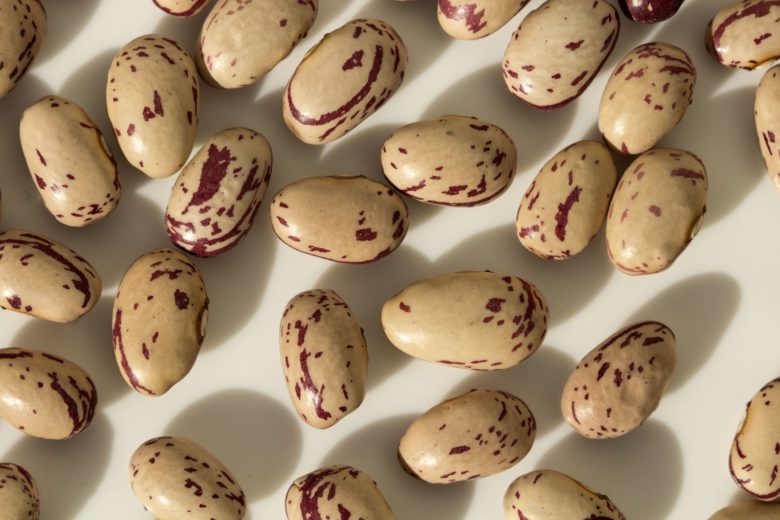
If you’ve heard the old playground song, you know that beans are good for your heart and um, well, you can probably finish the rest. Besides benefiting your heart and GI system, beans are a great source of vegetarian protein, vitamins, minerals and fiber.
I often joke with my clients that if I could get more people to eat beans, my job would be a lot easier. While beans aren’t a magic bullet of health, they are pretty close! Besides being one of the more inexpensive sources of protein, beans are incredibly versatile. Try them in soups, stews and casseroles, or added to pasta, scrambled eggs and burritos. High in both soluble and insoluble fiber, beans aid in fullness, help to lower cholesterol and keep you regular.
If you’re familiar with the basics, such as garbanzo, black and kidney, challenge yourself to try a new variety. Dried beans may seem daunting, but once you get the hang of them they are just as easy as the canned kind.
Place dried beans in a pot, cover with water and let sit for 8-12 hours. You can do this in the morning before you head to work or right before bed. Then, drain, rinse, cover with fresh water and cook until tender, about one hour for most beans.
Lesser Known Favorites:
Adzuki Beans: The small, reddish beans are nutty and slightly sweet. Popular in Asian cuisine, especially in Japanese or macrobiotic dishes.
Cranberry Beans: My personal favorite, these small ivory beans with red markings are flavorful and creamy. Use them as you would any white bean: in soups, pastas or pureed into hummus.
Lima Beans: When I think lima beans, I think of childhood commercials — images of parents forcing the kids to finish their lima beans. Well, those days are long over. Use this large, flat bean in succotash, soups, casseroles or as a replacement for rice. They are also a nice surprise in white chili.
Pink Beans: There are pink beans! These small, pale-pink beans turn reddish-brown when cooked. Meaty and similar in flavor to kidney or pinto beans, use them in chilis, soups or seasoned as a side dish.
And that second part of the bean song? Well, that’s true, too. Beans cause gas because they contain oligosaccharides, carbohydrates that the body cannot break down. We lack the enzyme that properly digests them, which can lead to bloating and intestinal gas. To cut down on these unwanted side effects, try soaking dried beans for at least eight hours and always rinse canned beans. You can also cook dried beans with a one-inch piece of kombu, a seaweed, which may help break down the starch while cooking. Beano, a popular over-the-counter medication, contains enzymes that help to break down the oligosaccharides, making bean-eating a lot more enjoyable.



